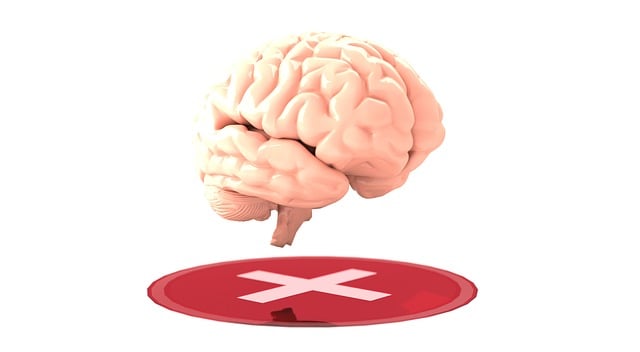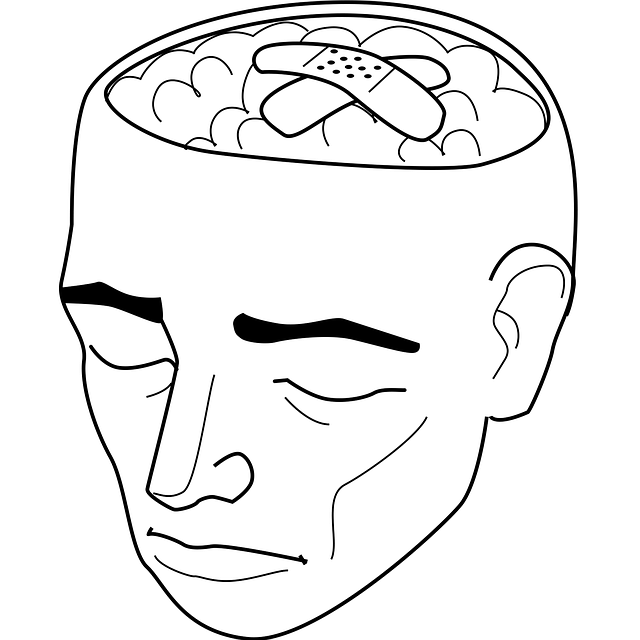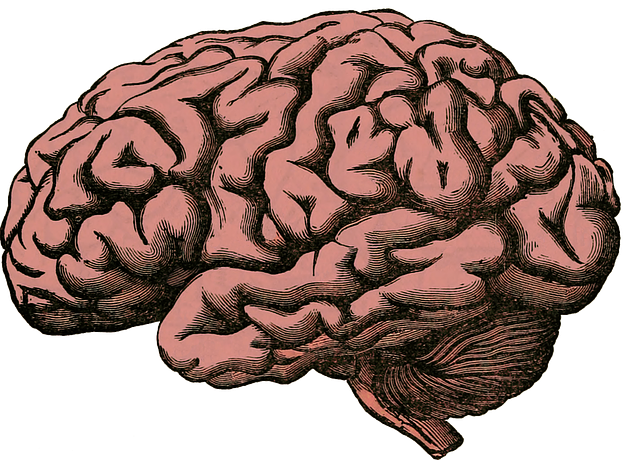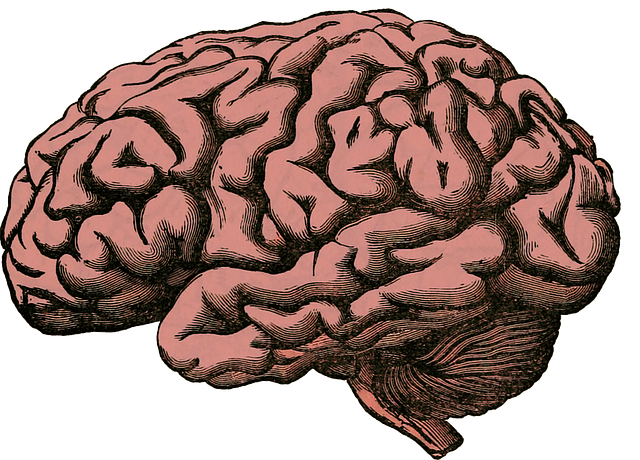Northglenn Chronic Pain Therapy leverages a holistic RFM (Risk, Frequency, Intensity) approach to create personalized treatment plans. By focusing on resilience building through mindfulness meditation and tailored physical activity, therapists empower patients to manage chronic pain effectively over the long term. This step-by-step guide includes assessing individual needs, designing customized programs, educating patients on coping strategies, and continuously monitoring progress. The integration of RFM exercises improves quality of life, reduces anxiety, and fosters independence for chronic pain sufferers, with future plans to expand its application and accessibility.
“Unveiling a powerful tool in the realm of Northglenn chronic pain therapy, this article explores the implementation of RFM (Resilience, Flexibility, and Mobility) exercises. By understanding the role of RFM in managing chronic pain, we uncover its significant impact on patients in Northglenn. We provide a comprehensive guide to implementing effective RFM programs, highlighting key steps for healthcare professionals. Additionally, we delve into the long-term benefits and future prospects of integrating RFM into pain management strategies.”
- Understanding RFM and Its Role in Chronic Pain Therapy
- The Impact of Resilience Building Exercises on Northglenn Patients
- Implementing Effective RFM Programs: A Step-by-Step Guide
- Long-Term Benefits and Future Directions for RFM in Pain Management
Understanding RFM and Its Role in Chronic Pain Therapy

Understanding RFM, or Risk, Frequency, and Intensity of pain, is paramount in Northglenn chronic pain therapy. This framework helps healthcare professionals assess and tailor treatments to each patient’s unique experience. By gauging how often pain occurs and its severity, therapists can design targeted interventions that go beyond mere symptom relief. The goal is to empower individuals with tools for managing their pain effectively over the long term, enhancing their mental wellness and emotional intelligence in the face of chronic challenges. This holistic approach, integrated into Northglenn chronic pain therapy, aims to foster resilience building, enabling patients to navigate their pain journey with greater ease.
The Impact of Resilience Building Exercises on Northglenn Patients

Resilience building exercises have shown significant promise in enhancing Northglenn chronic pain therapy outcomes. These therapeutic interventions equip patients with coping mechanisms, fostering mental fortitude to better manage their pain and associated symptoms. By integrating practices such as mindfulness meditation and physical activity tailored to individual needs, Northglenn patients can develop a profound sense of control over their well-being. This empowerment is crucial in mitigating the impact of chronic pain on daily life, promoting improved quality of life.
Beyond pain relief, resilience building exercises offer anxiety relief for Northglenn patients, addressing a common comorbidity. Effective risk management planning for mental health professionals involves incorporating these exercises into treatment regimens. Such initiatives not only support patient recovery but also contribute to the holistic health and well-being of the community, underscoring the importance of considering resilience building as a core component in Northglenn chronic pain therapy.
Implementing Effective RFM Programs: A Step-by-Step Guide

Implementing effective RFM (Resilience, Flexibility, and Mobility) programs can significantly enhance Northglenn Chronic Pain Therapy outcomes. Here’s a step-by-step guide to ensure success:
1. Assess Individual Needs: Begin by evaluating each patient’s unique circumstances and pain profile. This tailored approach ensures that the RFM exercises are suited to their specific requirements, promoting more effective emotional well-being promotion techniques. Social skills training can also be incorporated to foster a supportive environment, enhancing the overall therapeutic experience.
2. Design Customized Programs: Based on the assessment, create personalized RFM programs combining targeted exercises for flexibility and mobility with mindfulness meditation practices. These programs should challenge patients while remaining accessible, encouraging regular practice. Incorporate progressive intensity and variety to maintain engagement and optimize results.
3. Educate Patients: Teach patients about the mind-body connection and how their thoughts and emotions can impact pain. Introduce effective coping strategies and stress management techniques, enhancing their overall emotional well-being. Regularly review progress and offer adjustments to keep them motivated and committed.
4. Monitor and Adjust: Continuously monitor patient responses and make necessary changes to the programs. This iterative process ensures that the interventions remain effective and beneficial, even as patients’ conditions evolve. By following these steps, Northglenn Chronic Pain Therapy can leverage RFM to foster resilience and significantly improve quality of life for patients.
Long-Term Benefits and Future Directions for RFM in Pain Management

The implementation of RFM (Resilience, Flexibility, and Mastery) exercises in Northglenn Chronic Pain Therapy offers long-term benefits for patients. This approach empowers individuals to manage their pain effectively by fostering resilience against stressors, promoting adaptability in response to challenges, and encouraging a sense of mastery over their well-being. By integrating RFM into traditional therapy models, healthcare providers can enable patients to develop coping strategies that extend far beyond the treatment session, leading to improved quality of life and reduced reliance on external support.
Looking ahead, future directions for RFM in pain management include expanding its application to diverse populations and contexts. Crisis Intervention Guidance techniques derived from RFM can be adapted for immediate relief during acute pain episodes, while Stress Management and Mental Wellness Podcast Series Production can enhance the accessibility and effectiveness of RFM principles. Continued research and collaboration between healthcare professionals, therapists, and mental health advocates are crucial to unlocking the full potential of RFM in transforming chronic pain care.
The implementation of RFM and resilience building exercises has shown significant potential in managing Northglenn chronic pain. By understanding the role of RFM in therapy, combining it with targeted exercises, and ensuring proper program structure, healthcare professionals can offer effective long-term solutions to patients suffering from chronic pain conditions. As research continues to evolve, further exploration into the future directions of RFM in pain management holds promise for enhancing patient outcomes and improving quality of life for those navigating Northglenn chronic pain therapy.














